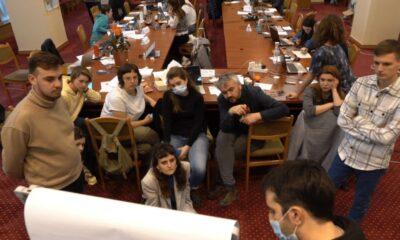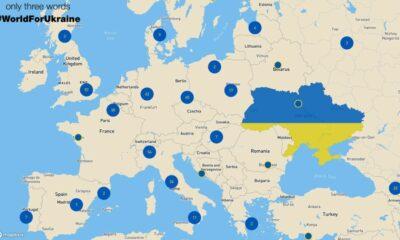Economy
Forecasts confirm: oil boom in Azerbaijan is approaching to end
Reading Time: 4 minutes Officials figures and forecasts confirm that oil boom is approaching to end; 50 million ton in 2010, 46 million ton in 2011 and 45 million ton in 2012, 32 million ton in 2016.
CESD/ Baku — Officials figures and forecasts confirm that oil boom in Azerbaijan is approaching to end: 50 million ton in 2010, 46 million ton in 2011 and 45 million ton in 2012, 32 million ton in 2016.
Azerbaijan will produce 45 million tons of oil in 2012, Khoshbakht Yusifzada, the state oil company SOCAR’s First Vice-President, told reporters. He said SOCAR will account for 8-8.3 million tons of the total volume of oil to be produced next year, while the rest will be oil extracted from Azerbaijan’s major Azeri-Chirag-Gunashli block of fields in the Caspian Sea and condensate from the offshore Shahdaniz field.
CESD stated that the latest forecasting confirm that oil boom in Azerbaijan is doomed to end in a few years. Azerbaijan’s high dependence on oil exports poses a potential threat to the economy given the potential volatility in the international oil market. Oil reserves, however, started decreasing in 2011 and last year was pick in oil production. In long term, decreasing of oil output will cause tax revenues decline and budget deficits increase, driving up interest rates.
In fact, the Azerbaijani economy is dominated by natural resource-based revenues which have risen in spectacular ways in the past few years. However, the non-oil sector of the economy remains undeveloped and fragile. Total public spending grew rapidly rising wage and input costs and heightening inflationary expectations, and underscoring the fragile competitive climate facing economic agents in non-natural resource sectors of the Azeri economy. Petroleum production provides 85 percent of Azerbaijan’s state budget revenues, accounts for 67 percent of the country’s GDP and 93 percent of Azerbaijan’s export. Oil and oil products constituted 92 % of Azerbaijan’s export by results of January-September, according to CESD sources. Only 8 % of export is non-oil products CESD concerned over Azeri export’s reliance on oil revenue since oil continued to dominate in Azerbaijan’s exports accounting for 92 0% of all exports as of October 01 despite efforts to diversify Azerbaijan’s economy away from oil. Center experts mentioned that export of goods made up $21.324bn and import $6.599bn in 2010. It means nonoil sector contribution to Azerbaijani export was $ 1, 7 billion last year which was lower than Georgian export ($ 2, 46 billion). In fact, Azerbaijani non-oil export is 39 % lower than Georgian total export that shows increasing of total export volume of Azerbaijan is not sustainable.
According to the Harvard International Review calculations Azeri-Chirag-Guneshli filed has 3 billion barrels (of the initial 5 billion) reserve and the end of Azeri-Chirag-Guneshli in the year 2019. Given that 2010 was the peak year of Azeri oil production, the descent begins as of 2011. Of course, the output will not stop immediately, but its reduction by 10 percent a year will be a severe blow.
CESD assessment model also include tendency of decreasing of oil production in Azerbaijan. State Oil Company of Azerbaijan (SOCAR) produced 50 million ton oil in 2010. SOCAR targets 46 million ton for 2011 which 4 million ton less than last year’s output. Meanwhile, the latest predictions confirm that oil production will be decreased to about 33 million ton in 2015 (see table below). Even with current prices of crude oil in the world market, SOFAZ’s assets will be totally spent within the budget lines if current unbelievable transfers’ level kept. Keeping such fantastic transfers can result in negative consequences because of theatrical cutting of budget expenditure lines due to potential lack of financial resources.
Meanwhile, Finance Ministry of Azerbaijan reports that consolidated budget draft of Azerbaijan is made with the forecast of SOFAZ’s revenues at AZN 10.697 billion ($ 13,54 billion) and expenditures at AZN 10.482 billion ($ 13,27 billion). The Ministry reports that the Draft Law says that the oil sector will provide at least AZN 12 billion ($ 15, 28 billion) or 73.2% of revenues and the non-oil sector AZN 4.4 billion ($ 5, 56 billion) or 26.8% next year. Transfer to the State Budget from the State Oil Fund of Azerbaijan (SOFAZ) will reach AZN 9.905 billion ($12.538 billion) or 60.3% of all budget revenues. Figures show that Azerbaijan State Oil Fund’s budget expenditures will be almost equal with revenues in 2012. It means that SOFAZ is not adequately meeting its central objective – preserving oil money for future generations. It seems difficult to protect the money from the consumption appetite. The transfers from SOFAZ to the State Budget have shot up from $ 686 million in 2007 to $ 11, 64 billion in 2011 and a decision has been taken to further raise the transfer to $ 12,538 billion in 2012. It means that amount of transfers from the fund to the state budget is 18 times higher than in 2011 compare with 2007 which is barely credible in the oil countries’ experience in the world.
CESD calculations show that more than $ 19, 0 billion transferred only last 2 years (2010/2011) and $31,6 billion are transferred between 2010-2012 years which is more than total of assets of SOFAZ.
Reminding that The BP-led consortium Azerbaijan International Operation Company (AIOC) highlighted that its Chirag, Azeri and Gunashli (ACG) oilfields in the Caspian Sea produced 19 million tons (140.4 million barrels) of oil in January-June 2011, down 5.9% from the year-earlier level of 20.2 million tons. Additionally, during the first half of 2011, AIOC-operated Shahdaniz gas field produced 3.07 billion cubic meters of gas, down from 3.6 bcm in the same period a year ago. The offshore Shahdaniz field is operated by the British oil giant with a 25.5% share, with the other partners being Statoil ASA, NICO, Total SA, LukAgip, TPAO and Azerbaijani state energy firm SOCAR. On the other hand, ACG oilfields are divided between the operator BP with 35.8% share and Chevron Corp., Inpex, SOCAR, Statoil, ExxonMobil Corporation, TPAO, Itocu and Hess Corporation. BP Azerbaijan intends to produce 51.5 million tons of oil and 28 bcm of gas in 2011 in the region versus 50.83 million tons and 26.2 bcm, respectively, in 2010. Last year, the Shahdaniz field – with estimated reserves of around 1.2 trillion cubic meters – produced about 6.9 bcm of gas, up from 6.2 bcm in 2009. Meanwhile, oil production in Azerbaijan made up 23,8 million tonnes in the first half of 2011. It constituted a drop by 1,445,000 tonnes or 5.6% over the same period of the last year, according to the State Statistical Committee of Azerbaijan. Production made up 4.1m tonnes of crude in January, 3.8m tonnes in February, 4.1m tonnes in March, 3.9m tonnes in April, 4.1m tonnes in May and 3.88m tonnes in June.
—
The Center for Economic and Social Development (CESD) is a think tank in Baku, Azerbaijan.
Economy
Moldova will receive a disbursement of 36 million euros as part of the the Economic Recovery Plan
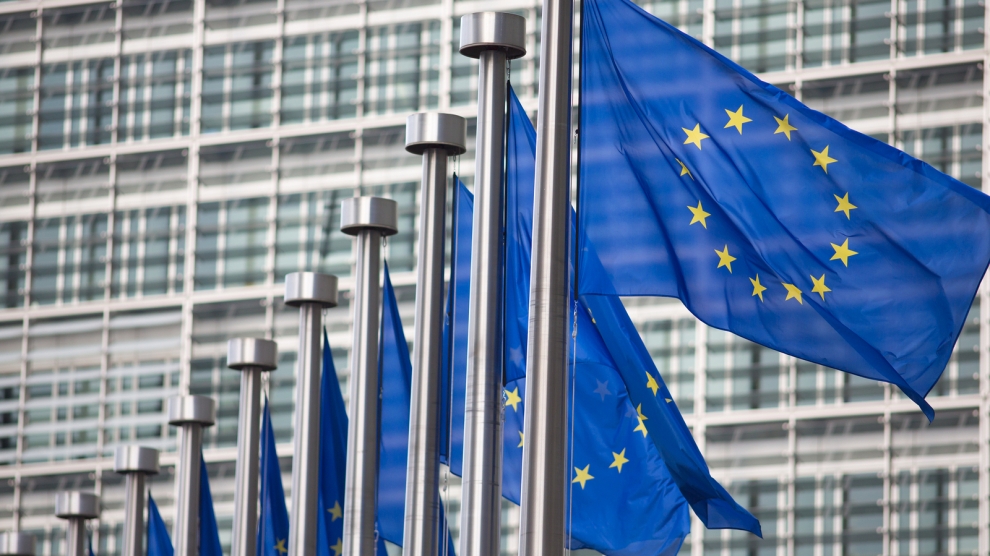
This week, the European Commission approved the disbursement of 36 million euros in grant money for the Republic of Moldova. The announcement was made by Deputy Director-General for Neighbourhood Policy and Enlargement Negotiations at the European Commission, Katarina Mathernova, who paid an official visit to the Republic of Moldova between September 13-15, together with Managing Director for Russia, Eastern Partnership, Central Asia, Regional cooperation and OSCE, at the European External Action Service, Michael Siebert.
The EU officials had meetings with President Maia Sandu, Minister of Foreign Affairs and European Integration, Nicu Popescu, Speaker of Parliament, Igor Grosu, Prime Minister of the country, Natalia Gavrilita, as well as key representatives of Government, international financial institutions and the civil society, according to a press release issued by the Delegation of the European Union to the Republic of Moldova.
Beside such topics as the EU-Moldova relations and prospects, the priorities of the reform agenda of the new Moldovan Government, preparations for the Eastern Partnership Summit at the end of the year and the Transnistrian conflict settlement, the officials also discussed the EU assistance in support of reforms and the Economic Recovery Plan for Moldova, which was announced in June with a total EU support of 600 million euros over the next 3 years.
“The first measures under the Economic Recovery Plan will shortly materialize, with the expected disbursement of 36 million euros in grant money under budget support programmes to support the authorities’ efforts to fight against the consequences of the pandemic. Moldova can count on EU’s assistance on its path to reforms and to recovery, bringing tangible results to citizens,” Katarina Mathernova stated.
The plan is based on assistance provided by the European Union through various bilateral and regional instruments, aiming to mobilize the funds in the form of grants, loans, guarantees and macro-financial assistance.
“The Economic Recovery Plan for the Republic of Moldova involves much more, not just this financial support provided immediately. It must help digital transformation, strengthen infrastructure, energy efficiency, education and support small and medium-sized enterprises,” the EU official also said.
As Prime Minister Natalia Gavrilita informed, “The Economic Recovery Plan and the 5 flagship initiatives for Moldova in the Eastern Partnership will directly contribute to the reform and consolidation of institutions, stimulate long-term socio-economic development, bring direct benefits to citizens, and unleash new economic opportunities through promoting the green agenda and digitization. Small and medium-sized enterprises (SMEs) have been hit hard by the crisis. Promoting and diversifying access to finance and reducing collateral requirements will be essential in supporting economic operators. We are grateful to the EU partners who will launch two programs to support 50 000 independent Moldovan SMEs to adapt to the new conditions.”
President of the Republic of Moldova, Maia Sandu, welcomed the decision of the European Union to disburse about 745 million lei in grant money, as the official page of the President’s Office announced. “EU support comes after a long period of freezing of European assistance, caused by former governments. We managed to relaunch the political dialogue with the European Union and resume financial assistance. The Republic of Moldova is gradually regaining the trust of its strategic partners. This European support is also a signal of encouragement for the new Government team in its commitment to clean up the institutions, fight corruption and launch development programs in the country,” said Maia Sandu.
Photo: unknown
Economy
Romania and Moldova signed a partnership memorandum pledging to cooperate in promoting their wines
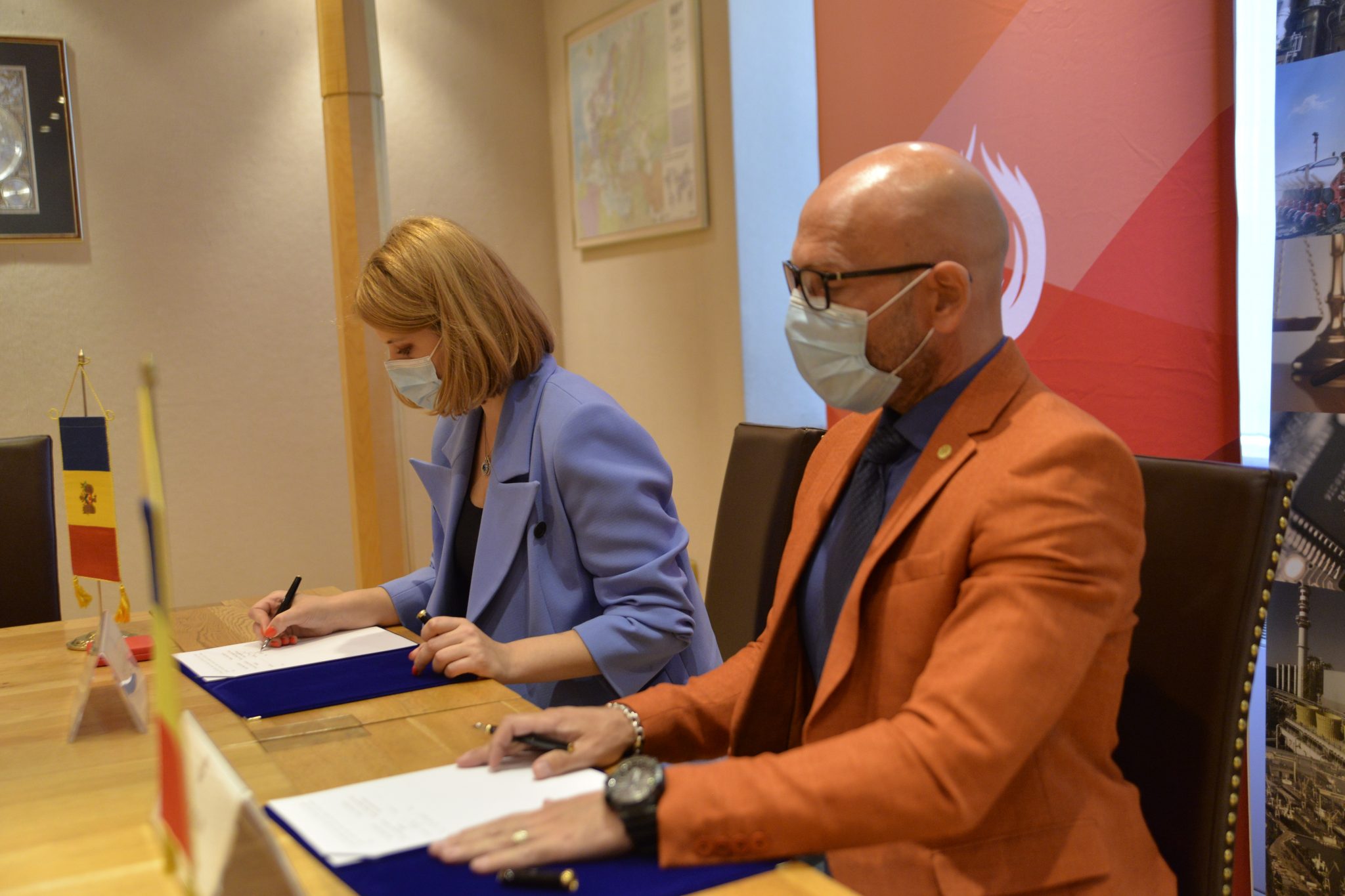
The Chamber of Commerce and Industry of Romania (CCIR) and the National Office for Vine and Wine (NOVW) of the Republic of Moldova signed, last week, a memorandum of cooperation on organizing joint promotional activities in the markets of common interest, as the CCIR announced.
China, Japan or the USA are just some of the markets targeted by the Romanian and Moldovan institutions. The memorandum also involves advertising activities for wines from common indigenous varieties, promoting the oeno-tourist region, developing a tourist route in the two states, exchange of experience, study visits, and mutual support in identifying new export opportunities. “We are very confident that this collaboration between our organizations will lead to sustainable economic growth and a higher degree of well-being among Moldovans and Romanians,” claimed Deputy Secretary-General of CCIR, Bogdan Visan.
On the other hand, Director of the NOVW, Cristina Frolov, declared that no open competition with Romania is aimed at the governmental level of the Republic of Moldova. “This request for collaboration is a consequence of the partnership principle. Romania imports 10-12% of the wine it consumes, and we want to take more from this import quota. Every year, the Romanian market grows by approximately 2.8%, as it happened in 2020, and we are interested in taking a maximum share of this percentage of imported wines without entering into direct competition with the Romanian producer,” the Moldovan official said. She also mentioned that Moldova aims at increasing the market share of wine production by at least 50% compared to 2020, and the number of producers present on the Romanian market – by at least 40%.
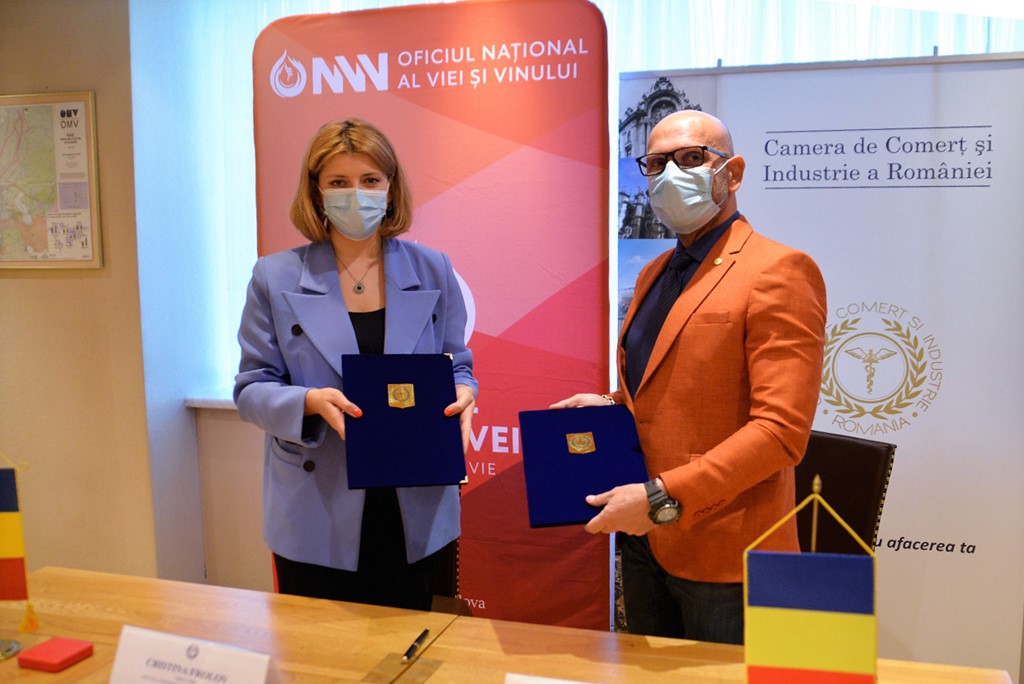
Source: ccir.ro
**
According to the data of the Romanian National Trade Register Office, the total value of Romania-Moldova trade was 1.7 billion euros at the end of last year and over 805 million euros at the end of May 2021. In July 2021, there were 6 522 companies from the Republic of Moldova in Romania, with a total capital value of 45.9 million euros.
The data of Moldova’s National Office of Vine and Wine showed that, in the first 7 months of 2021, the total quantity of bottled wine was about 27 million litres (registering an increase of 10% as compared to the same period last year), with a value of more than one billion lei, which is 32% more than the same period last year. Moldovan wines were awarded 956 medals at 32 international competitions in 2020.
Photo: ccir.ro
Economy
Moldova’s hope to be a top walnut exporter and its main difficulties
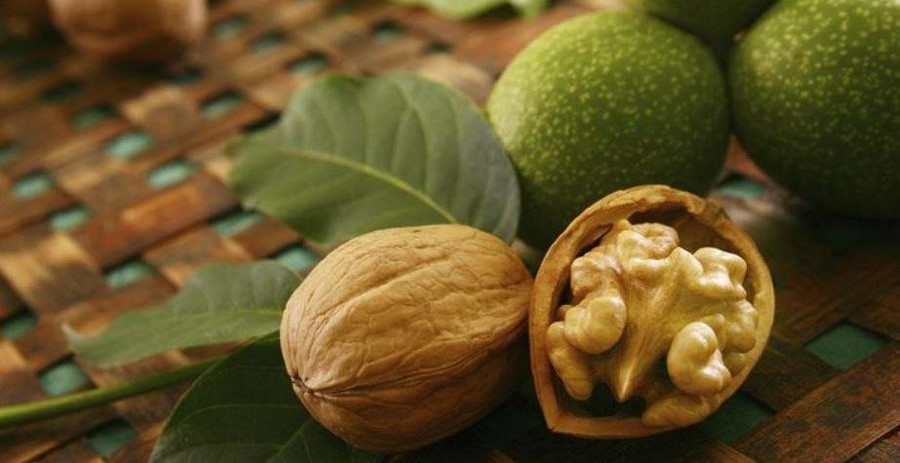
The Republic of Moldova has perfect weather conditions for growing walnut trees, that creating a great potential of walnut production and trade, especially on international markets, where the demand is way higher than the product’s supply. National and international experts believe that the country’s walnut production industry is on the verge of important transformations, which could lead to increased yields, quality and competitiveness worldwide.
According to authorities, Moldova exports 34-35 thousand tons of walnuts in shell, which is about 7% of the total export of fruit and 5% of the total export of horticultural products. The export value is assessed as being $120 million, that being 57-60% of the total fruit export value and about 50% of horticultural export value. Most of walnut crops are exported to the EU countries, such as France, Germany, the Netherlands, Romania and Austria. The country’s exports were among the world’s top 10 when it comes to the highest dollar value of the product during 2020.
Viorel Gherciu, Minister of Agriculture and Food Industry, pointed out that the production in the domestic walnut industry has increased by 55% in the last five years, which ranks Moldova among the main producers in the world.
“The biggest opportunity for this industry is that we are in the geographical proximity of the largest walnut import area in the world, which is the European Union, with almost 40% of total imports in the world. We are on the EU border, with privileged relations, with an Association Agreement. We already enjoy a good relationship in working with European importers, they trust our processors. A very close collaboration has been created and this is, in fact, the guarantee for those who invest in the area,” claimed the president of the Walnut Producers Association, Oleg Tirsina.
The data provided by the National Bureau of Statistics show that there are 34.7 thousand hectares of walnut plantations in the country. 20.90 hectares are represented by orchards. 75% of planted orchards are formed of old varieties trees. 30-35% of the exported production comes from orchards, the rest comes from individual farmers and plantations along the roads. This means that the quality of walnut production is not at its maximum potential. Developing commercial plantations through orchards modernization and extension of walnut varieties would provide double yield and better quality, experts say.
Governmental support in the form of subsidizing solutions, foreign investments and credit options are indispensable for the industry development. One of the financing options is the credit line of the European Investment Bank Project. Since 2016, 15 producers and processors of nuts, almonds and hazelnuts have benefited from these loans with the total amount of investments worth 8.7 million euros. A further extension of the project would provide another 60 million euros for the modernization of the horticultural sector in general and for harvesting organic walnuts in particular.
Photo: heymoldova.com


